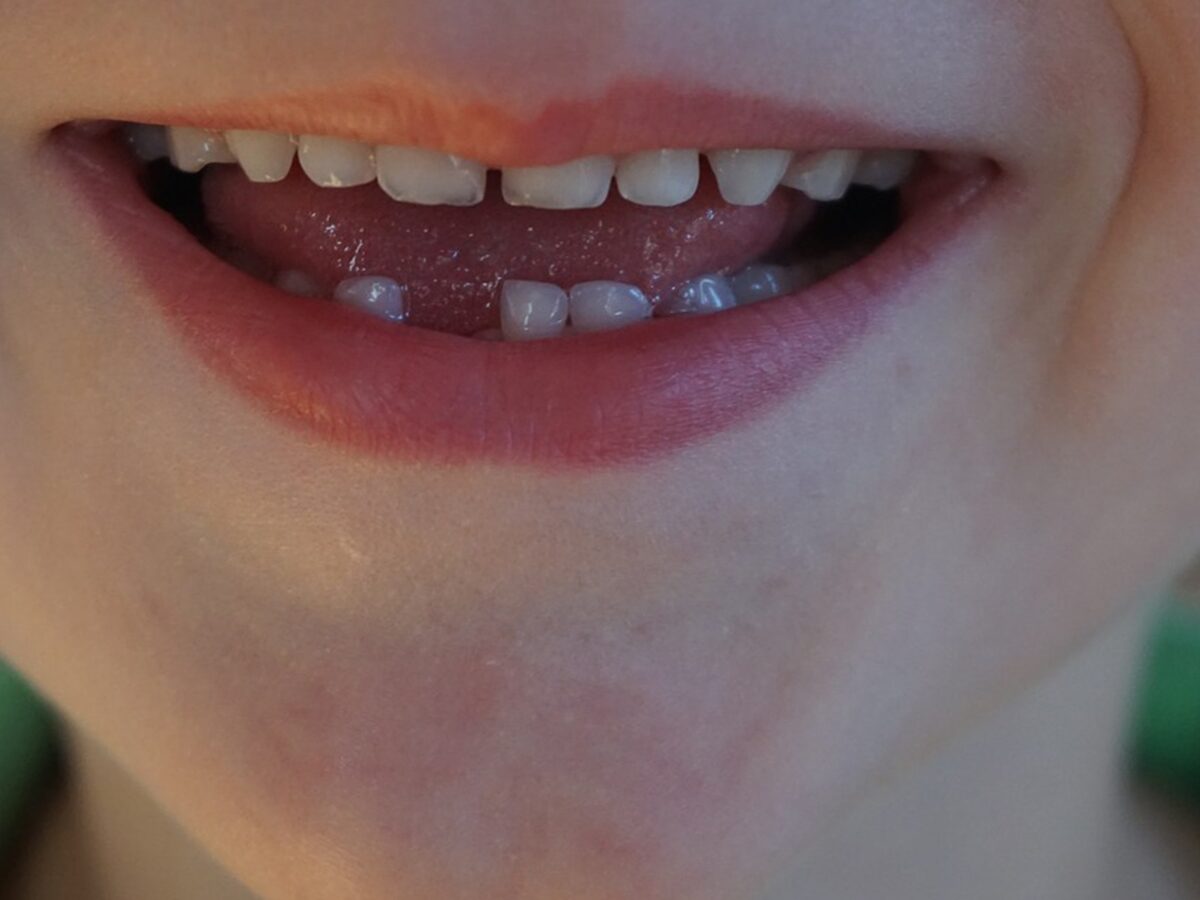Blog
Dental hygiene tips for healthy teeth & gums

How Will I Know When My Child’s Baby Teeth Will Fall Out?
The growth of the child leads to changes in their bone structure as well. Likewise, when a child reaches the age of four, then up until they turn six years of age, their jaw’s shape and size begin to change and the emergence of the permanent teeth tends to push the milk teeth out. As the baby teeth’ root dissolves, these changes lead to the loosening up and falling out of milk teeth. An interesting fact is that the baby teeth fall out in the same order that they erupt. So the lower central incisors and the upper central incisors (the front lower and upper teeth) front teeth start coming first around the age of six months; therefore, these also are the first set of teeth that fall. However, it is also important to mention that this entire process can be delayed by a year.
What to Do When the Teeth are Loose?
When the baby teeth are loose, there are multiple things that worry the parents. There are chances that the child will swallow the tooth mistakenly or the tooth gets stuck in the food and falls. Surprisingly, both the cases are completely normal and do not put your child in danger. In fact, there are chances that the tooth gets loose and hangs in its place for weeks at a stretch. And kids love to wiggle their loose teeth. This shouldn’t be a problem as pediatric dentists suggest. Kids can wiggle their loose teeth without any overarching long-term negative impacts. However, the only thing to note is that they should not force out a tooth to fall as this half-dissolved root can be potentially infected.
Color Variations Between Milk Teeth and Permanent Teeth:
The permanent teeth that erupt stay on the gums’ level for some time; therefore, you can sense a change of color between these milk teeth and the permanent teeth when they come. But, there is not much to worry; soon when the entire set appears, you can visibly see a reduction in the contrast of their color.
Your Predictions Won’t Really Work!
They say, “Never compare kids because the Sun and Moon are different and each shine when the time comes!” Similarly, their developmental stages cannot be compared either. So when it comes to what age will their milk teeth fall, parents can’t make the exact prediction. Some kids lose their teeth as early as four years of age or as late as eight. Therefore, when do they hit the right time that their teeth fall cannot be accurately predicted.
How to Combat Pain?
Unlike the baby teeth teething process, losing them is not painful at all. Except, where the child forces a half loose tooth out of its position, or the edge touches the gums. The former case should be avoided, and the latter can be averted by wiggling the loose tooth more vigorously.
Losing baby teeth can be a momentous time in the life of a child. You can see kindergarten kids comparing the number of teeth they have lost. Helping through these exciting times can give them the necessary support that they need as well as add to their oral health care in the future.
Book Appointment to find out which treatment might be best for you.
